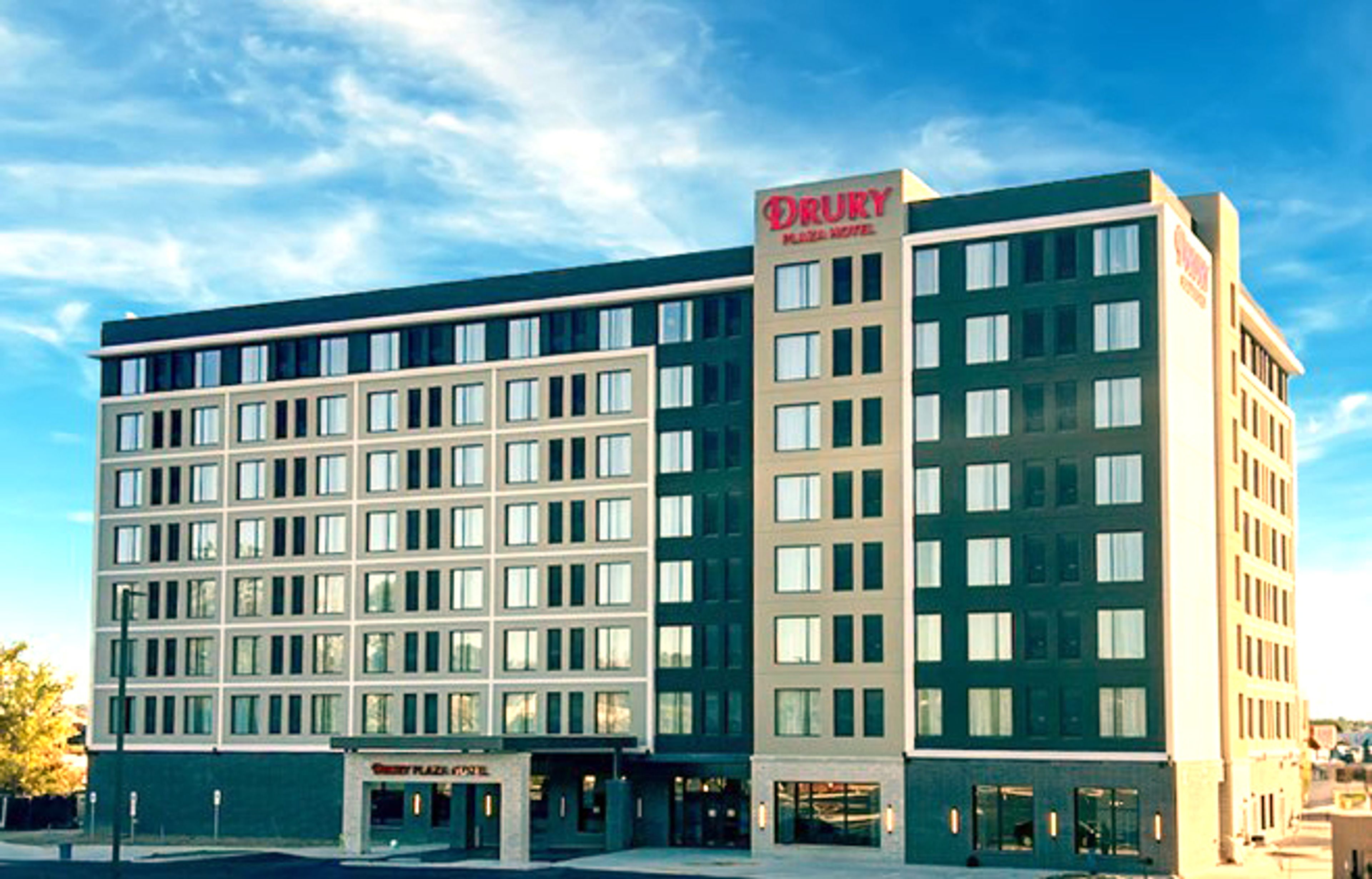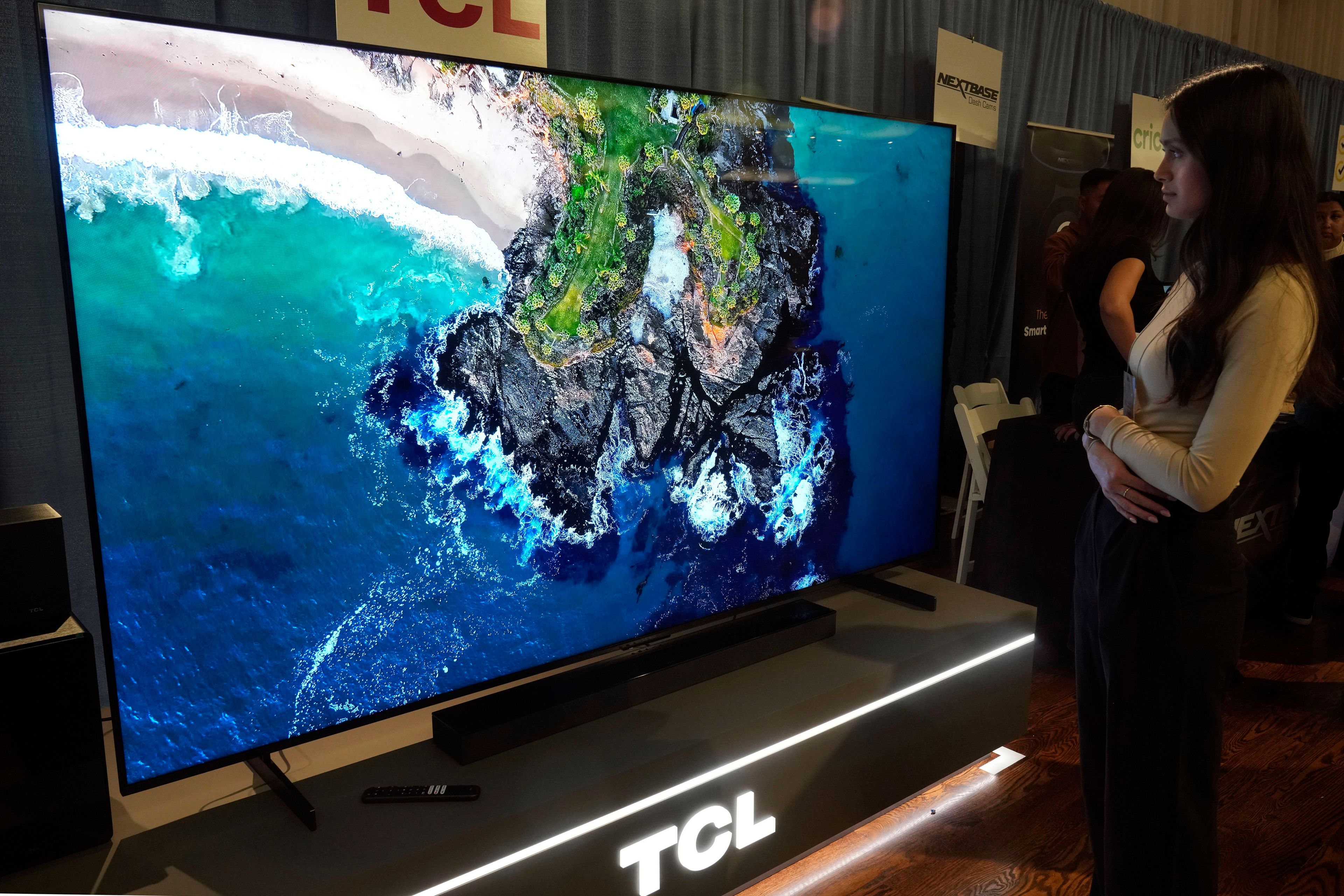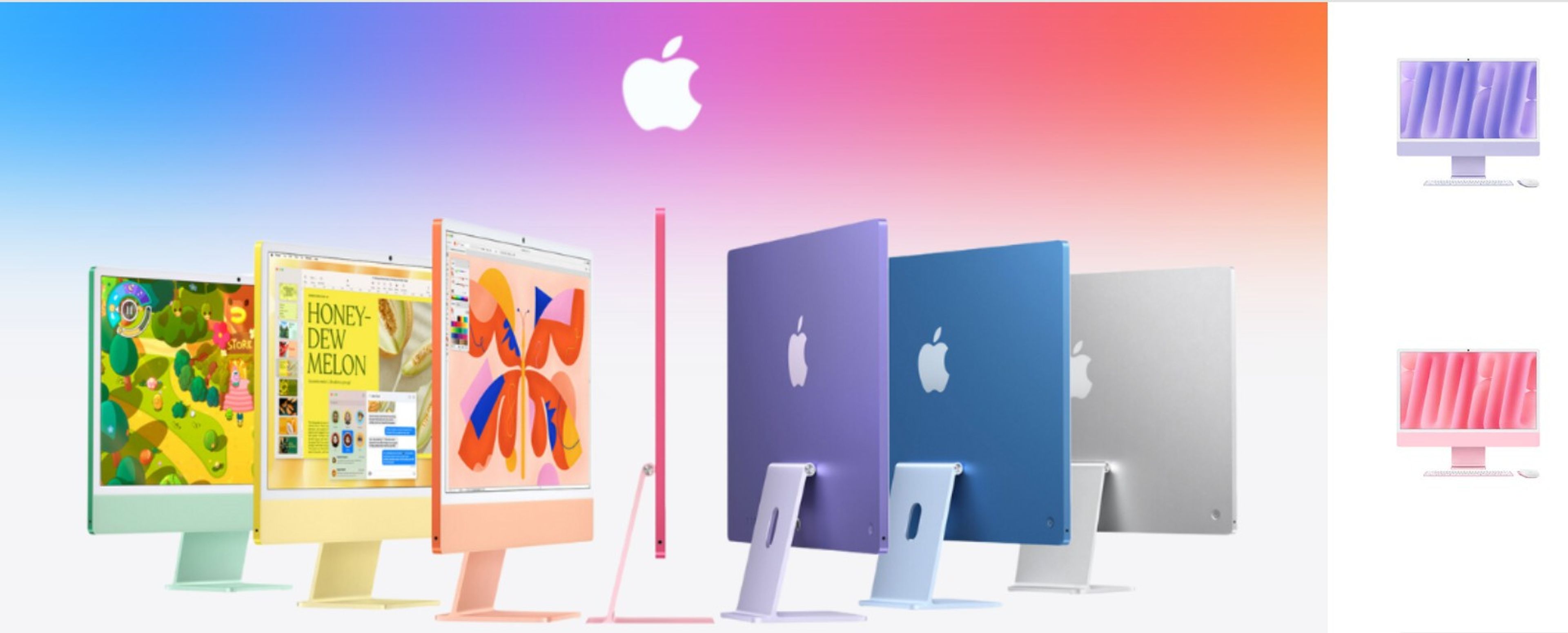Linux makes small gains, but Microsoft still looms
SAN JOSE, Calif. -- It might have seemed to be the best possible week for boosters of the Linux open-source operating system. As their nemesis, Microsoft Corp., was getting sanctioned by Europe for anticompetitive trespasses, computer giant Hewlett-Packard Co. gave Linux a new vote of confidence, and the largest Linux distributor posted strong financial results...
SAN JOSE, Calif. -- It might have seemed to be the best possible week for boosters of the Linux open-source operating system.
As their nemesis, Microsoft Corp., was getting sanctioned by Europe for anticompetitive trespasses, computer giant Hewlett-Packard Co. gave Linux a new vote of confidence, and the largest Linux distributor posted strong financial results.
Yet uncertainty still surrounds the community-built software's ability to chip away at Windows' dominance, particularly on desktop computers.
At face value, the Linux movement is helped by the European Commission's decision to level the playing field. The commission fined Microsoft $613 million and ordered the company to share code with competitors so their server software can run smoothly with Windows workstations.
But the action will probably end up giving little, if any, boost to Linux or other competitors.
For one, Microsoft's appeal could take years -- just as Linux is beginning to be commercially marketed as a viable desktop operating system for some businesses.
"I don't expect it to have any impact, primarily because it will take the courts five years by which time the matter is historical interest," said Alan Cox, a Linux project leader.
And even if Microsoft were to acquiesce and reveal the programmatic hooks so that rivals' programs can communicate better with Windows, Linux developers might not be able to use the information, since Microsoft could seek licensing fees.
"That actually hurts us because any effort to be compatible with them is going to be incompatible with open-source licensing," said Bruce Perens, an open-source software advocate and consultant.
Ever since the first Linux was created by then-student Linus Torvalds in 1991, its code has been made available for free on the condition that any improvements also be freely shared.
In contrast, at Microsoft and other proprietary software vendors, source code is kept secret, protected by patents. Anyone who wants to interact with it must use software interfaces revealed by the company or reach some sort of agreement with Microsoft.
Without such entanglements, Linux offers a low cost. That and its increasing reliability and security have driven Linux's success in servers, though Microsoft is still the biggest player.
Microsoft software represented about 55 percent of new server software licenses in 2002, compared with about 23 percent for Linux, according to International Data Corp. That market has been driven by Hewlett-Packard, IBM Corp. and Sun Microsystems Inc., which have added Linux -- and support for it -- to their arsenals.
Linux's server success was underscored by the success of software provider Red Hat Inc., which announced Tuesday that its latest quarterly revenues surged 43 percent. The company showed a profit of $14 million in fiscal 2004, reversing a $6.6 million loss the previous year.
But Linux for desktop PCs continues to be a less-developed story. Less than 3 percent of new desktop licenses were for Linux in 2002, according to IDC.
And the actual number is probably much lower since many of those computers were shipped to China, where a significant percentage ended up having Linux removed and "replaced by a pirated copy of Windows," said Al Gillen, an analyst at IDC.
The percentage of desktop computers running Linux is expected to stay in the single digits through at least 2007. Windows powers more than 90 percent.
"There was a good opportunity for Linux. It was called year 2000," Gillen said. "As everyone was upgrading systems then, it was an inflection point in time where Linux, if it had been ready for the desktop, might have been in a position to capture some market share."
Even HP's Linux desktops and the Linux laptop it plans to sell later this year are limited to business customers, and just a subset of that market: companies whose employees don't need all the features of Windows, said Martin Fink, vice president of HP's Linux division.
"We haven't done this in anticipation of this huge uptick in corporate America going to Linux desktops," Fink said. Instead, HP saw demand from executives who wanted to test it out but wanted more than "beta," early-generation products.
Neither HP nor Sun named names of business customers opting for Linux on the desktop, though Sun announced a deal in November with China Standard Software Co. to make its software system the foundation for future desktops in China. (IBM is making itself one such business; Big Blue says about 10,000 internal PCs have been switched over to Linux.)
One issue that remains thorny is whether Linux as a desktop system is any cheaper than running Windows, because Linux has to be specially tooled to fit corporate environments, which takes time and money.
Linux also could be hampered by the SCO Group Inc.'s claims that some of its proprietary code has seeped into the open-source project. SCO is seeking licensing fees from users and has filed lawsuits, even though its claims have yet to be fully heard.
Companies like Novell, Red Hat and HP are offering to protect their Linux customers from such lawsuits.
Microsoft, meanwhile, still has a lot of persuading to do.
"I believe passionately that Windows has a lower total cost of ownership, despite the fact that Linux has no 'price,"' Microsoft CEO Steve Ballmer said at a conference Thursday. "That's a marketing challenge a lot of (companies) wouldn't want to have, but one we've got."
------
On the Net:
Connect with the Southeast Missourian Newsroom:
For corrections to this story or other insights for the editor, click here. To submit a letter to the editor, click here. To learn about the Southeast Missourian’s AI Policy, click here.






